Elevate your dart game by setting goals practice games darts, a proven method for targeted improvement and accelerated skill development! This article provides a comprehensive guide to establishing effective goals, implementing purposeful practice routines, and utilizing engaging games to make your journey to becoming a better darts player more enjoyable and successful. You’ll discover techniques to sharpen your accuracy, boost your consistency, and track your progress every step of the way.
⚠️ Still Using Pen & Paper (or a Chalkboard)?! ⚠️
Step into the future! The Dart Counter App handles all the scoring, suggests checkouts, and tracks your stats automatically. It's easier than you think!
Try the Smart Dart Counter App FREE!Ready for an upgrade? Click above!
The Power of Goal Setting in Darts
Setting goals practice games darts are intrinsically linked. Without clear objectives, practice can become aimless and motivation can wane. Effective goal setting provides a roadmap, allowing you to focus your energy and resources on specific areas for improvement. Whether you aspire to consistently hit higher scores, improve your double checkout rate, or even compete in local tournaments, well-defined goals are essential.
Why Vague Goals Fail
Many players fall into the trap of setting vague goals like “I want to get better at darts.” While the intention is good, such a goal lacks specificity and measurability. How will you know when you’ve actually “gotten better”? Vague goals are difficult to track and offer little motivation.
SMART Goals for Darts Players
The SMART framework is a powerful tool for creating effective goals. SMART stands for:
- Specific: Clearly define what you want to achieve. Instead of “get better,” try “increase my average score by 5 points.”
- Measurable: Establish metrics to track your progress. Use scores, checkout percentages, or number of bullseyes hit per practice session.
- Achievable: Set realistic goals based on your current skill level and available time. Don’t aim to become a professional overnight.
- Relevant: Ensure your goals align with your overall aspirations in darts. Are you focused on casual play, league competition, or tournament success?
- Time-bound: Set a deadline for achieving your goals. This creates a sense of urgency and helps you stay on track. For example, “increase my average score by 5 points in the next month.”
For instance, a SMART goal for a beginner might be: “I will increase my average score in 501 from 40 to 45 within one month by practicing for 30 minutes, three times a week, focusing on hitting treble 20s.”
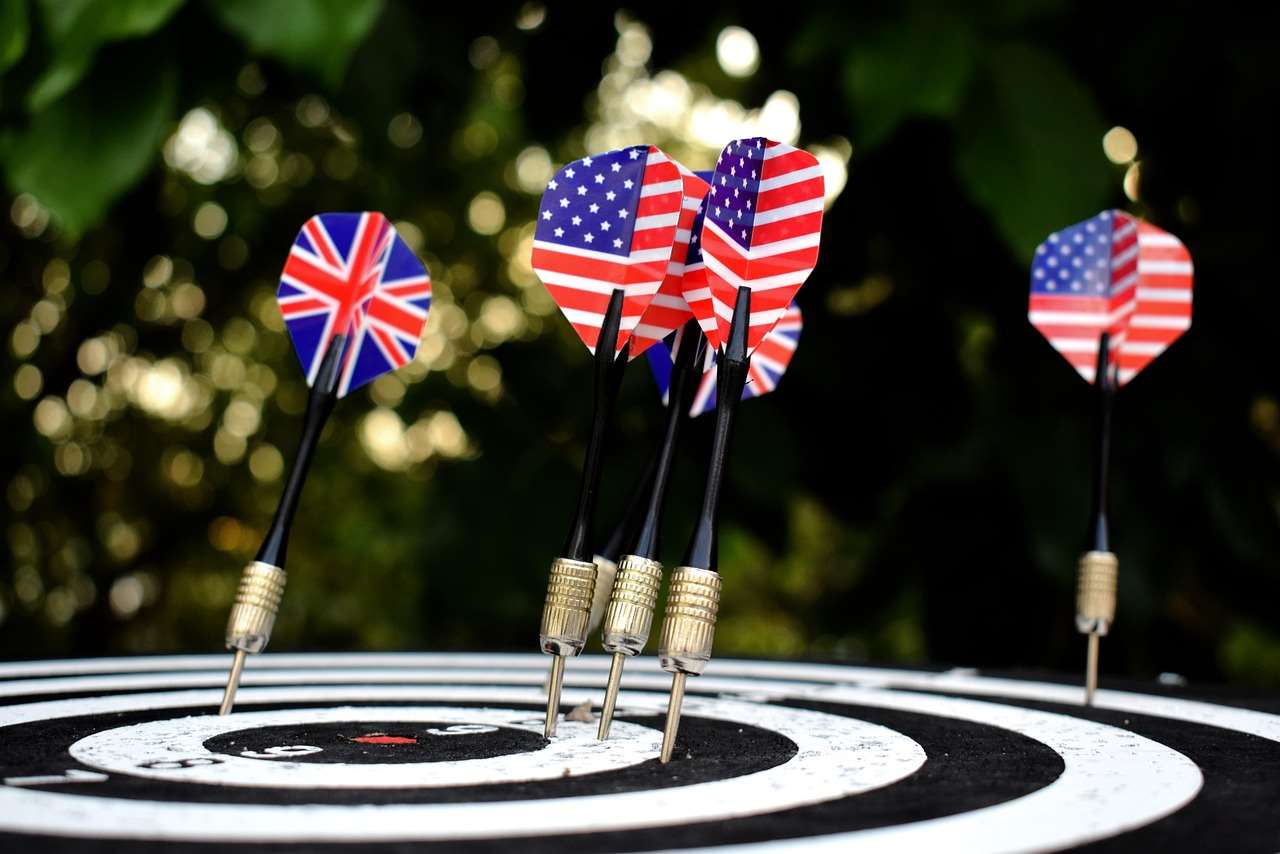
Purposeful Practice Routines for Darts Improvement
Once you’ve established your goals, it’s time to develop a structured practice routine. Simply throwing darts without a plan is unlikely to yield significant results. Deliberate practice, where you actively focus on improving specific skills, is the key to rapid progress. Consider also using Darts Variants Fun Games to add enjoyment to the entire experience.
Warm-up Drills
Before diving into more challenging drills, always start with a warm-up. This prepares your body and mind for the session and helps prevent injuries. A simple warm-up routine might include:
- Throwing 20 darts at the bullseye.
- Throwing 20 darts at the treble 20.
- Throwing 20 darts at any double.
Targeted Practice Drills
Focus on specific areas where you need improvement. Here are some examples:
- Treble 20 Accuracy: Throw 50 darts at the treble 20, tracking how many you hit. Experiment with your stance, grip, and throwing motion to find what works best for you.
- Double Checkout Practice: Practice finishing on different doubles (double 16, double 20, double 18, etc.). Simulate game situations by setting up specific scores and attempting to checkout.
- Bullseye Practice: The bullseye is a valuable target for high scores and crucial in games like Cricket. Dedicate time to improving your bullseye accuracy.
Tracking Your Progress
Keep a record of your practice sessions, including the drills you performed, your scores, and any observations about your throwing technique. This data will help you identify areas where you’re improving and areas where you still need to focus. Use a notebook, spreadsheet, or dedicated darts tracking app.
Engaging Practice Games to Enhance Your Skills
Practice doesn’t have to be monotonous! Incorporating practice games can make your training sessions more enjoyable and keep you motivated. These games can also help you develop specific skills in a fun and engaging way. Knowing the forgotten pub dart games is always an enjoyable experience.
Around the World
This classic game requires you to hit each number on the dartboard in order, from 1 to 20. You must hit the single, double, or treble of each number to advance. This game improves your accuracy and target acquisition skills.
Killer
Each player chooses a number on the dartboard. Players then take turns throwing at their chosen number. Hitting the number once makes you a “killer.” Hitting it twice removes another player. The last player remaining is the winner. This game enhances your pressure-handling skills and target accuracy.
Cricket
Cricket involves scoring on the numbers 20, 19, 18, 17, 16, 15 and the bullseye. You must hit each number three times to “open” it. Once a number is open, you score points until your opponent also hits it three times and “closes” it. The player with the most points at the end of the game wins. Cricket is an excellent game for improving your strategic thinking and scoring skills.
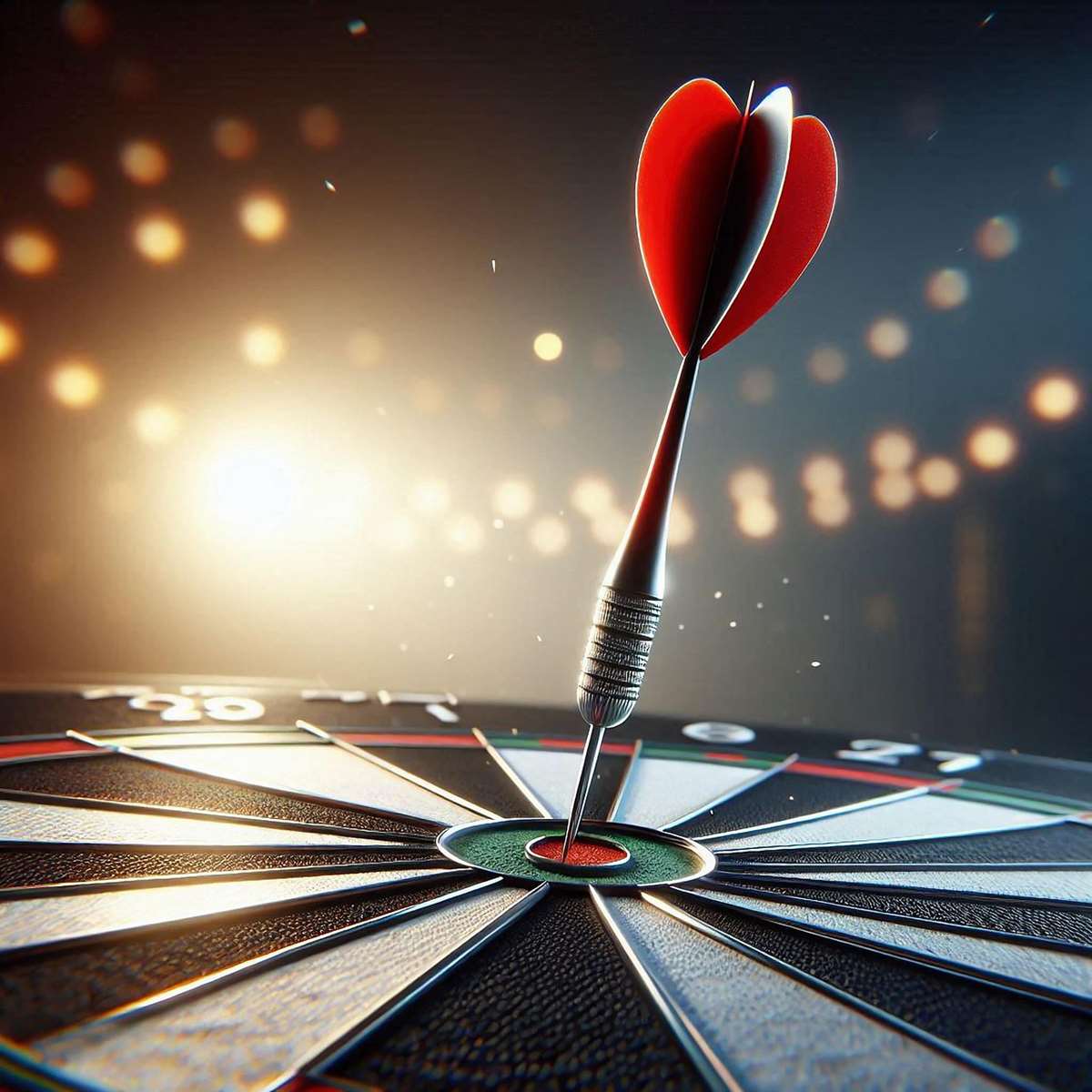
Bob’s 27
Start with a score of 27. Your goal is to finish on a double before your score reaches zero. For each dart thrown that isn’t a double, deduct that score from your total. If at any point you reach zero or below, you lose. This game drastically improves your doubles accuracy under pressure.
Shanghai
The aim of Shanghai is to score the highest possible number of points over seven rounds using the numbers 1 to 7. In each round, the player throws three darts at the target number; single, double and treble all count towards the score. The player can win outright by hitting a single, double and treble of the target number in the same round, referred to as a ‘Shanghai’. This game improves accuracy, target selection, and calculation skills.
Advanced Techniques for Darts Mastery
Once you’ve mastered the fundamentals, you can explore advanced techniques to further elevate your game. This involves refining your throwing motion, optimizing your equipment, and developing your mental game.
Analyzing Your Throwing Motion
Record yourself throwing darts and analyze your technique. Look for inconsistencies, inefficiencies, and areas where you can improve your form. Pay attention to your stance, grip, arm movement, and release point. Consider working with a darts coach for personalized feedback.
Experimenting with Equipment
Different darts have different weights, shapes, and grip patterns. Experiment with various darts to find the ones that feel most comfortable and allow you to throw consistently. The same applies to dart shafts and flights. Fine-tuning your equipment can make a significant difference in your performance. Understanding the history of darts games uk can inspire one to find what works best!
Developing Your Mental Game
Darts is as much a mental game as it is a physical one. Learn to control your emotions, stay focused under pressure, and visualize success. Practice mindfulness techniques to stay present in the moment and avoid negative self-talk. A strong mental game can give you a significant edge over your opponents.
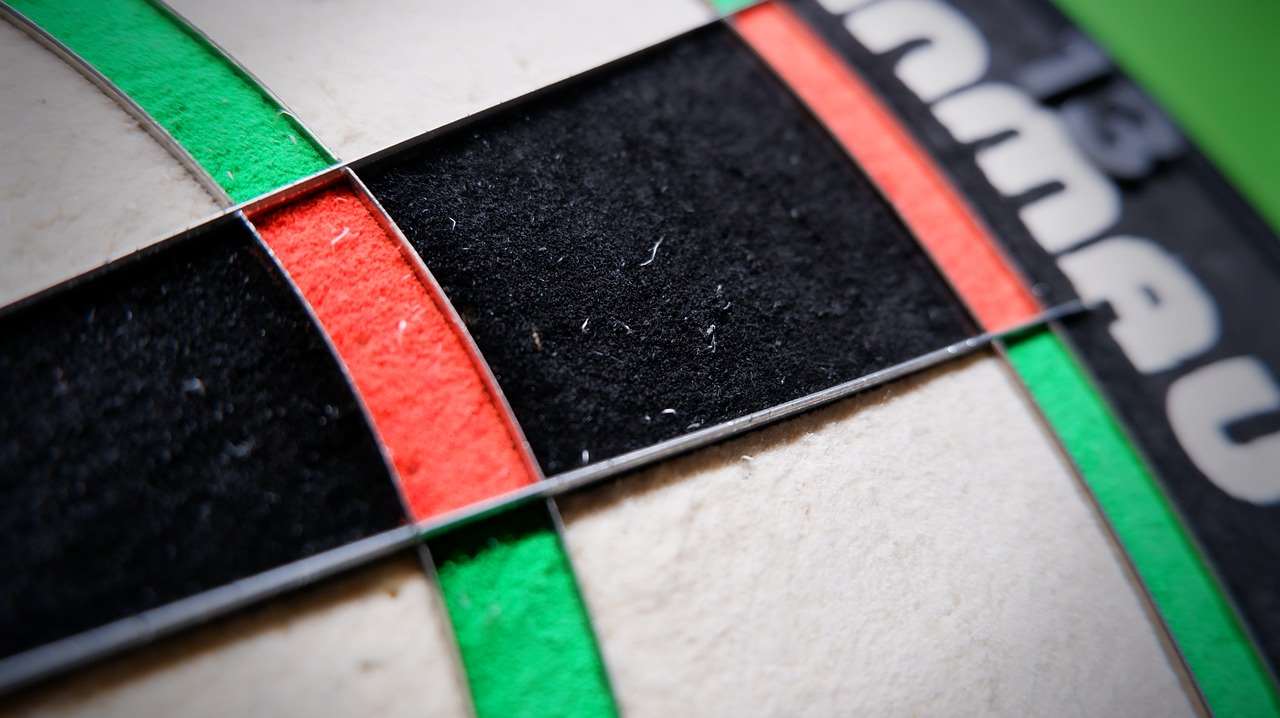
Overcoming Common Darts Practice Obstacles
Even with the best intentions, you may encounter obstacles that hinder your progress. Common challenges include plateaus, loss of motivation, and difficulty breaking bad habits.
Breaking Through Plateaus
Plateaus are a normal part of the learning process. When you reach a plateau, don’t get discouraged. Instead, try changing your practice routine, focusing on different skills, or seeking advice from experienced players. Analyze your game to identify areas where you can still improve.
Maintaining Motivation
Staying motivated over the long term can be challenging. Set smaller, more frequent goals to maintain a sense of progress. Vary your practice routine to keep things interesting. Join a darts league or find a practice partner to add social interaction and friendly competition.
Correcting Bad Habits
Breaking bad habits requires conscious effort and repetition. Identify the specific habit you want to change and focus on consciously performing the correct action. Use video analysis to monitor your progress and seek feedback from a coach or experienced player. Be patient and persistent, as it takes time and effort to break ingrained habits.
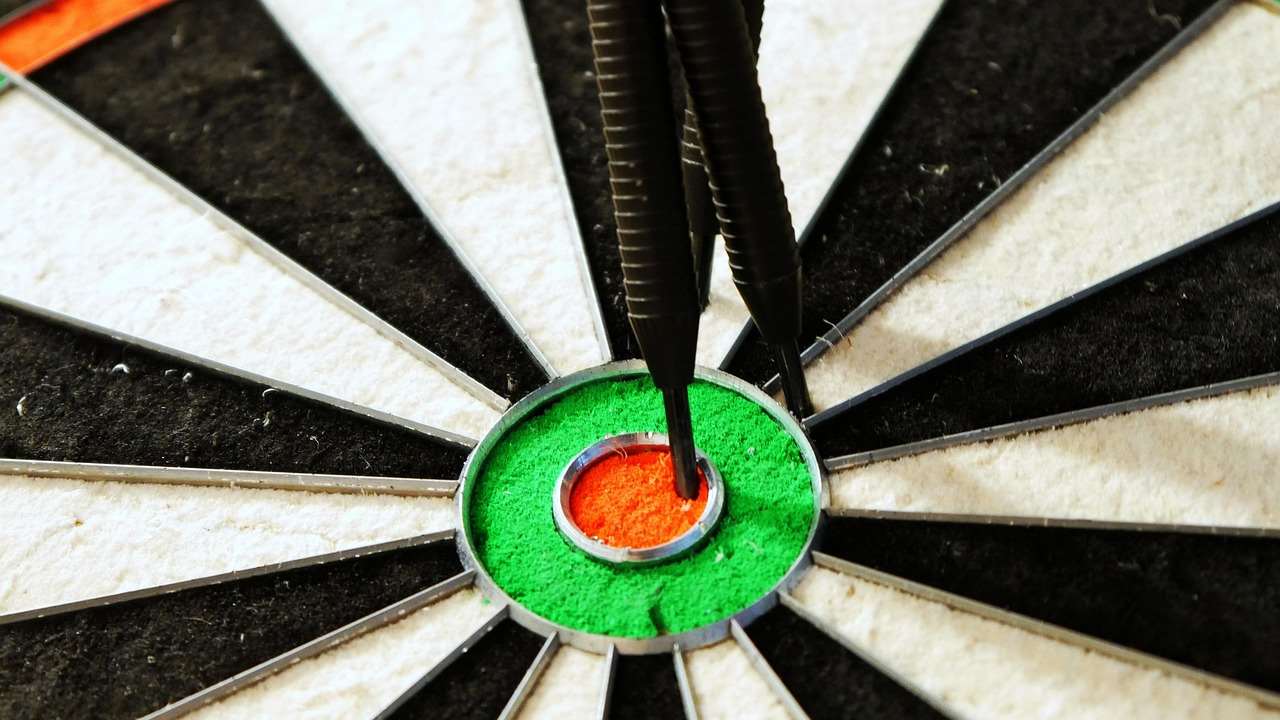
The Ultimate Guide to Setting Goals Practice Games Darts for Consistent Improvement
The combination of carefully setting goals practice games darts provides a pathway for dart players of all levels to substantially improve. By consistently following a structured plan, you will not only refine your dart throwing ability, but also enhance your overall enjoyment of the game. Don’t be afraid to also explore historical dart game variations for additional enrichment.
The Importance of Regular Evaluation
It’s crucial to regularly evaluate your goals and adjust them as needed. As your skills improve, you may need to set more challenging goals to continue progressing. Conversely, if you’re struggling to achieve your goals, you may need to adjust them to be more realistic.
Seeking Guidance and Community
Connecting with other darts players can provide valuable support, motivation, and guidance. Join a local darts league, participate in online forums, or seek advice from experienced players. Sharing your experiences and learning from others can accelerate your progress.
Continuous Learning and Adaptation
The world of darts is constantly evolving, with new techniques, strategies, and equipment emerging all the time. Stay open to learning new things and adapting your game to stay ahead of the curve. Attend workshops, read articles, and watch videos to expand your knowledge and improve your skills.
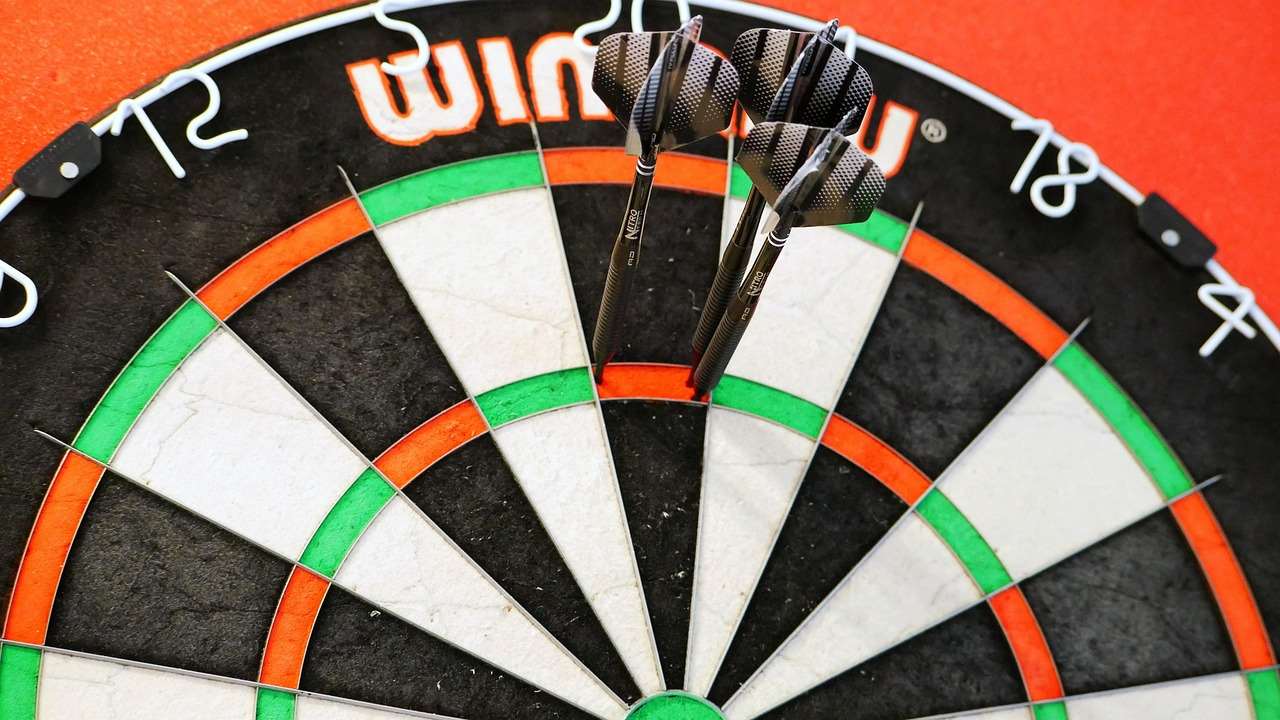
Conclusion
In conclusion, setting goals practice games darts is a holistic approach to darts improvement that combines strategic planning, targeted training, and engaging gameplay. By following the principles outlined in this article, you can unlock your full potential and achieve your darts aspirations. Remember to set SMART goals, develop a structured practice routine, incorporate fun practice games, and continuously evaluate your progress. So, grab your darts, set your sights high, and embark on your journey to darts mastery today! Consider joining a local darts league to put your new skills to the test and experience the thrill of competition. Good luck, and happy darting!
Hi, I’m Dieter, and I created Dartcounter (Dartcounterapp.com). My motivation wasn’t being a darts expert – quite the opposite! When I first started playing, I loved the game but found keeping accurate scores and tracking stats difficult and distracting.
I figured I couldn’t be the only one struggling with this. So, I decided to build a solution: an easy-to-use application that everyone, no matter their experience level, could use to manage scoring effortlessly.
My goal for Dartcounter was simple: let the app handle the numbers – the scoring, the averages, the stats, even checkout suggestions – so players could focus purely on their throw and enjoying the game. It began as a way to solve my own beginner’s problem, and I’m thrilled it has grown into a helpful tool for the wider darts community.